Some companies are new to the headphone game, maybe establishing themselves as a speaker or electronics maker and adding a headphone line in order to cash in on the lucrative (and seemingly ever-growing) headphone market. Sony is not one of those companies.
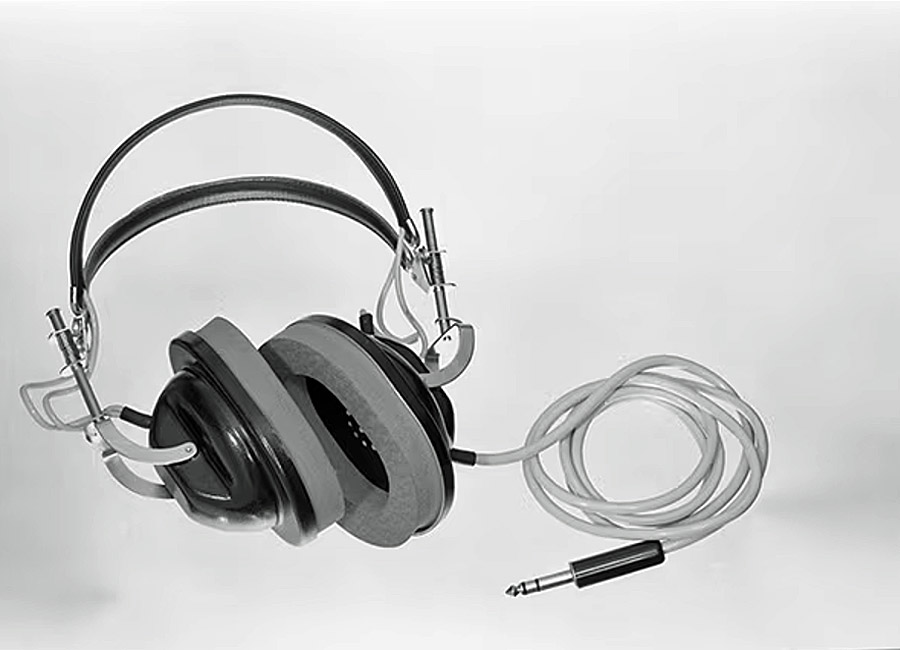
Sony introduced its first pair of stereo headphones for sale in 1964, mainly intended for use with its popular line of reel-to-reel tape recorders. And when the company invented the portable audio category in 1979 with the very first Sony Walkman, headphones were thrown into the limelight.
When I bought my WM-2 Walkman three years later in 1982, the headphones that came in the box were certainly serviceable, but there was room for improvement. And so the category of “after-market” headphones began to emerge — and eventually explode — and Sony has been there the whole time.
My go-to pair of headphones in the late 80s and 90s, was Sony’s MDR-V6. Designed for studio and DJ use, the V6 lives on to this day with minor changes in the MDR-7506. Fairly accurate, nice dynamics with good bass and a robust build quality, the 7506 became the reference set of “studio cans” around the world. And those who want something similar but more refined can opt for the MDR-M1 Pro Studio Reference instead.
But headphones with wires are soooo 20th Century. These days, everyone wants wireless Bluetooth headphones with top-notch active noise cancellation, long battery life and sound quality that exceeds even the finest wired studio reference ‘phones. And this is where the Sony WH-1000XM6 comes in.
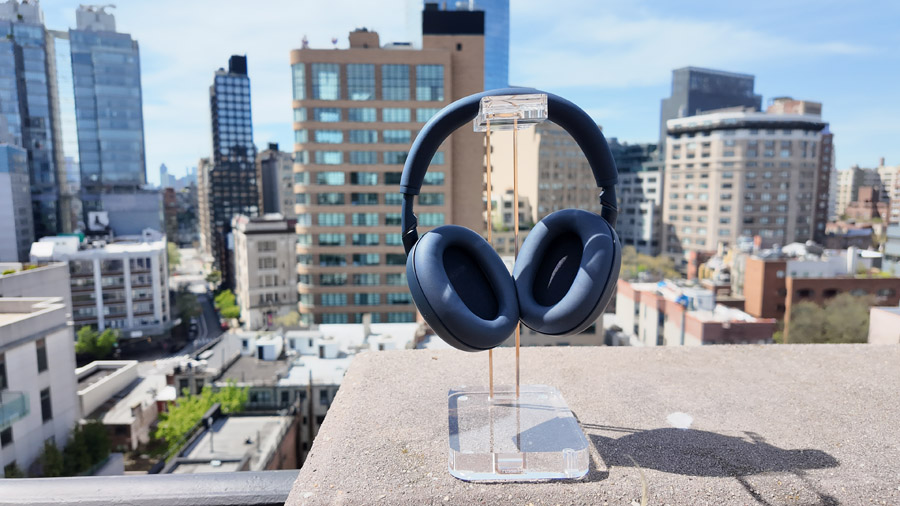
Introducing the WH-1000WM6
Today (May 15, 2025), Sony officially unveiled the brand new WH-1000XM6. The latest generation of Sony’s popular WH-1000XM series, the XM6 replaces the XM5 which came out almost exactly three years ago. The WH-1000XM6 has a list price of $449.99 (US) which is a bit higher than the XM5 which was introduced at $399.99 MSRP. Our headphones senior editor Will Jennings gave their predecessor a very positive review in 2022, calling them the “best wireless noise-cancelling headphones” at that time. But three years is a long time in the headphone world. Can their successor match or even exceed their performance?
What’s New in Active Noise Cancellation?
The WH-1000XM6 improves on its predecessor’s Active Noise Cancellation in several ways. The XM6 features the new QN3 processor that’s 7x faster and more powerful than the QN1 processor found in the XM5. The XM6 also features a staggering 12 microphones to measure and adjust for noise without negatively impacting sound quality (the XM5 had 8 mics). The XM6 features a new Adaptive Noise Cancellation optimizer vs. the less advanced “Auto” Noise Cancellation optimizer in the XM5. With the combination of these three improvements, the XM6 is much more effective at reacting to and cancelling dynamic, changing sources of noise as opposed to just steady state noise.
What’s New For Sound Quality?
The XM6 features an all-new driver which has been designed and tuned for maximum performance with the input of some of the world’s top recording and mastering engineers, including Mike Piacentini, Michael Romanowski, Randy Merill and Chris Gehringer. Headphone design engineers from Sony’s Tokyo Headquarters visited the U.S. and worked with Battery Studios of Sony Music to get input from these professionals on what they liked and didn’t like about the sound and design of the XM6 while they were still a work in progress. Sony used this feedback to tweak the final design of the XM6.

In addition to stereo sound, the XM6 features an advanced “up-mixer” to add spatial cues to the mix in order to create a more immersive sound field. Using Sony’s own 360 Spatial Sound technology (as seen/heard in their BRAVIA Quad Home Theater speaker system), the XM6 can create a convincing illusion of three dimensional space from a standard 2-channel headphone. While it can be used with music, the intended use case is for mobile viewing of movies and TV programs (the mode to enable it is actually called “Cinema”). Of course, if you prefer listening to music the “old-fashioned” way, you can disable the up-mixer and enjoy that pure 2-channel goodness. The default sound mode is “Standard” which leaves the spatial audio processing off.
Better Call Quality, Too?
While zoning out to great music on an excellent pair of headphones is my idea of a good time, sometimes family members and business associates might want to hear from us. And when we do reach out (or accept a call… grudgingly), it’s nice to not have to remove one’s headphones. One of the design goals of the XM6 has been to improve call quality on both ends (sender and receiver). To do so, Sony has beefed up the beamforming mic array from 4 mics on the XM5 to 6 mics on the XM6. They’ve also added an AI voice recognition system that used over 500,000,000 voice samples for training to differentiate human voice from background noise. This can help maintain call integrity even in the noisiest environment.
Ergonomically Speaking
In addition to improvements to sound quality, ANC and call quality, Sony has also tweaked the design in a few minor but important ways. The battery life remains about the same as on the XM5 (30 hours with ANC, 40 hours without) and a 3-minute quick charge will still get you around 3 hours of playback. But the XM6 differs from the XM5 in that it can be used while charging. The XM5 was not able to output sound while the charge port was in active use, but the XM6 can. I tried it, and my ears didn’t explode (phew!). This is a minor improvement but comes in handy if you forgot to charge your ‘phones before a long trip and don’t want to wait around listening to the sounds of your fellow travelers while your ‘phones are charging.

The XM6 also features a slightly wider headband than its predecessor, leading to greater comfort on your noggin thanks to more surface area. But even so, the case that comes with the XM6 is slightly smaller than its predecessor thanks to the XM6’s ability to fold. The case features a nice magnetic latch, which is easier to use than a zipper but keeps the case securely closed. a pouch inside the case provides room for the included charging cable and 3.5mm cable though it doesn’t have room for much else (sorry, no room for a Dongle DAC).

The buttons and controls of the XM6 have been tweaked to make them easier to operate by feel and there’s a cool new feature that allows you to cover the right earpad with your hand, which instantly lowers the music so you can get some situational awareness. The capacitive right earpad also allows you to navigate through songs and adjust volume without having to reach for your phone or open the app.
The WH-1000XM6 is available in Midnight Blue, Black and Silver color options. The “silver” option is really more like off-white, but with some silver colored accents.
As far as customization goes, the XM6 now features a 10-band EQ, replacing the 5-band EQ present on the XM5. EQ can be done manually, or you can go through an automatic procedure that asks your preferences from several different EQ presets and creates a custom EQ curve based on your selections.
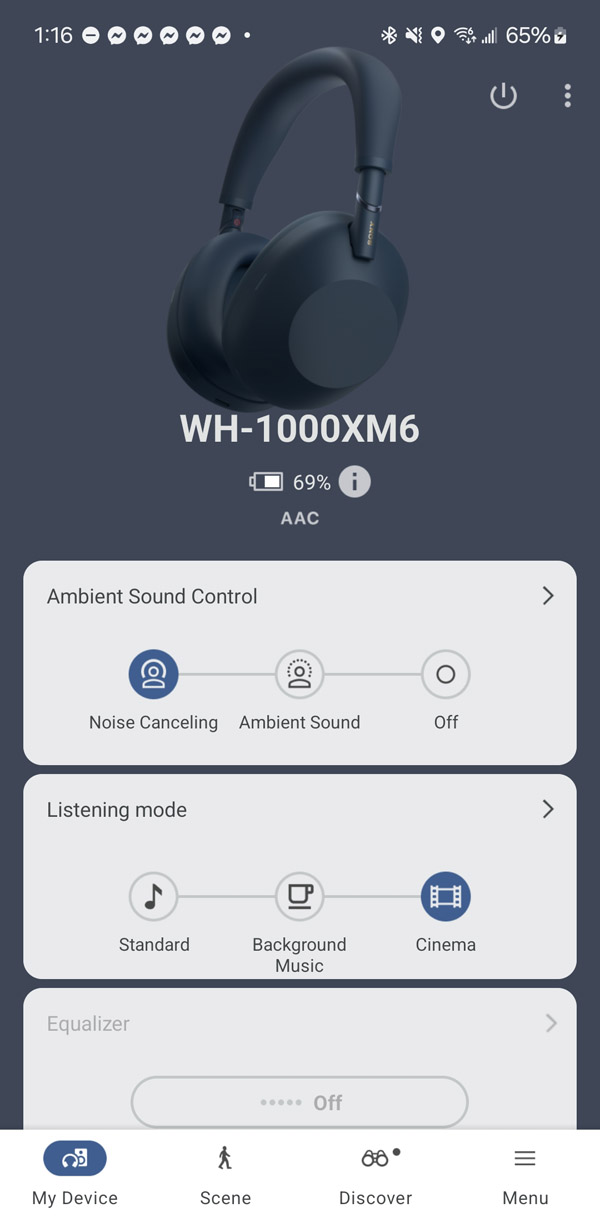
What Remains the Same?
The general design and appearance of the XM5 and XM6 are not that different. Like the XM5, the XM6 also includes a standard 1/8-inch (3.5mm) headphone cable, in case you need to plug into the in-flight entertainment system or any other device with a standard headphone jack. Also, like the XM5, the WH-1000XM6 is not intended for extensive use outdoors. It offers an IPX4 rating which means it is OK with the light splash of water or light sweat, but it is not rated for immersion in water or excessively harsh weather.
Listening Impressions
My first experience with the XM6 was in a relatively quiet Manhattan hotel room during a press event. Engaging the ANC made background noise literally disappear, while the music came through loud and clear. Vocals were rich and luscious while details in cymbals and strings were articulate without any hint of stridency. Bass was both extended and firm with a natural amount of heft and presence at the default EQ setting. The 10-band EQ allowed me to tailor the curve to my preference but all I needed was a tiny boost to the lowest bass and highest treble to create my ideal listening blend.
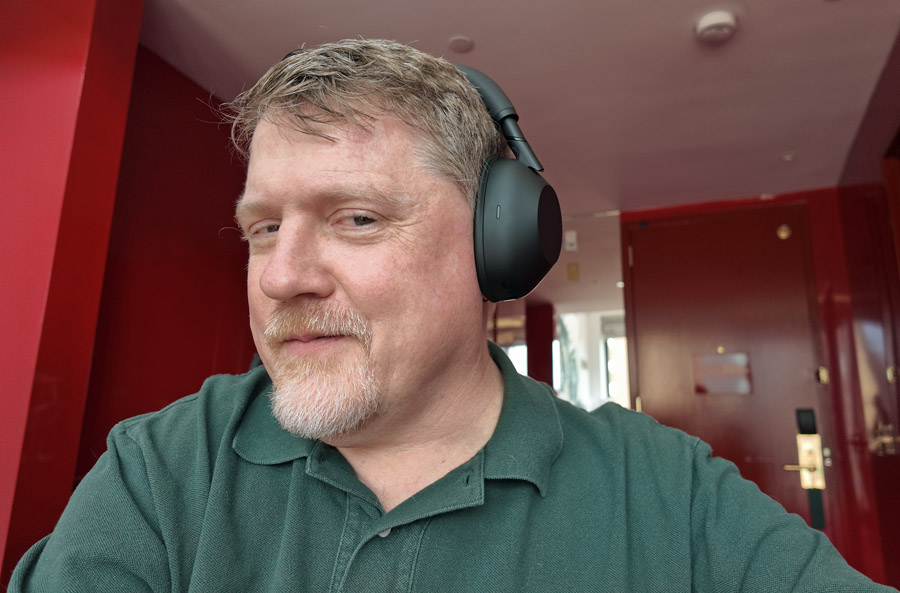
A follow-up listen at a crowded restaurant did not go as well. There were a couple of dozen of us at that event, listening to the XM6 from a Sony digital Walkman via a hard-wired 3.5mm headphone cable. Bluetooth was not an option as there were too many people trying to pair to too many different sets of headphones at once. Via this specific wired set-up in this environment, the XM6 was not able to reach a high enough audio volume for my personal taste. The headphones did do a great job of making the cacophony of background sounds disappear, but I just wasn’t getting the oomph I wanted out of the sound. If you plan to use these with a wired connection, you might want to make sure your DAP or Dongle DAC has enough output power to drive these ‘phones effectively.
Back at home, listening via Bluetooth, things got a whole lot better. Even at only about 60% volume, the XM6 put out rich dynamic sound from lossless and high res audio tracks on Qobuz and Amazon Music. The bass on EDM tracks like “Bright Lights” and “Alive” from KX5/Deadmau5 was substantial without becoming loose or boomy. And vocal and instrumental details were captured effortlessly even in complex musical arrangements.
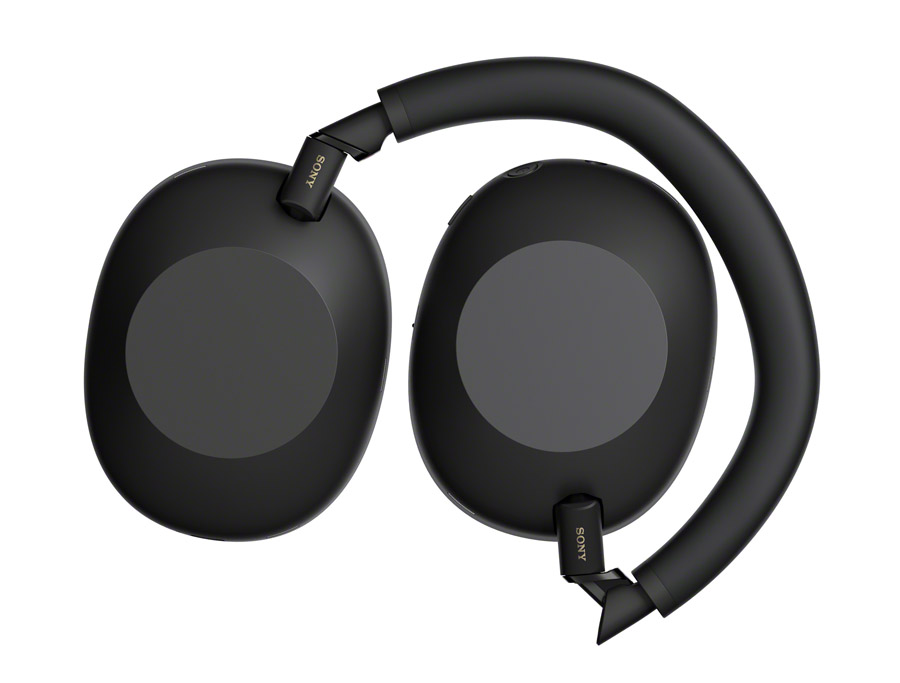
Leaving my front door open (screen door closed) the sound of passing trucks and the occasional emergency vehicle were barely audible, even when music wasn’t playing. And making a call with the WH-1000XM6 connected convinced me that there is definitely something to Sony’s investment in AI voice isolation and multiple microphones. My wife’s voice came in crystal clear and she said I sounded like I was calling from a “quiet room” though there was plenty of background noise at the time, including other voices. None of these came through in the call.
The XM6 has a couple of unique listening modes, the “Cinema” mode I mentioned earlier expands the spatiality of the sound, which was actually quite pleasing on some content like Hans Zimmer’s “Dune” soundtrack as well as movies and shows I sampled on Amazon Prime Video on my phone. But for music listening, I definitely preferred “Standard” mode.
The XM6 also offers a “Background Music” mode which is interesting as it allows you to take advantage of the excellent noise cancellation capabilities of the XM6 while providing a non-intrusive musical background in case you need to concentrate on something else (like writing this review). I always find it hard to concentrate on work when listening to the music as the music draws me away from work I’m trying to accomplish. With the “Background Music” listening mode, I’m still able to focus on the task at hand.
The Bottom Line
Sony has a winner here in the WH-1000XM6. While the price is a bit high at $449.99 (MSRP) it’s more or less in line with the flagship over-ear ANC wireless headphones from other major brands. The combination of outstanding sound quality, 10-band EQ and highly effective adaptive noise cancellation make these hard to beat. While I would prefer something a bit more weather resistant, it looks like I have a new favorite for music listening, both at home and while on the road.
Pros:
- Top notch noise reduction, even in dynamic and noisy environments
- Excellent call quality
- Outstanding tonal accuracy
- Flexible customization with 10-band EQ
Cons:
- Relatively expensive
- Somewhat low sensitivity when using the wired connection
- IPX4 rating makes these unsuitable for heavy workouts or extended outdoor use
Where to Buy:
Related Reading:

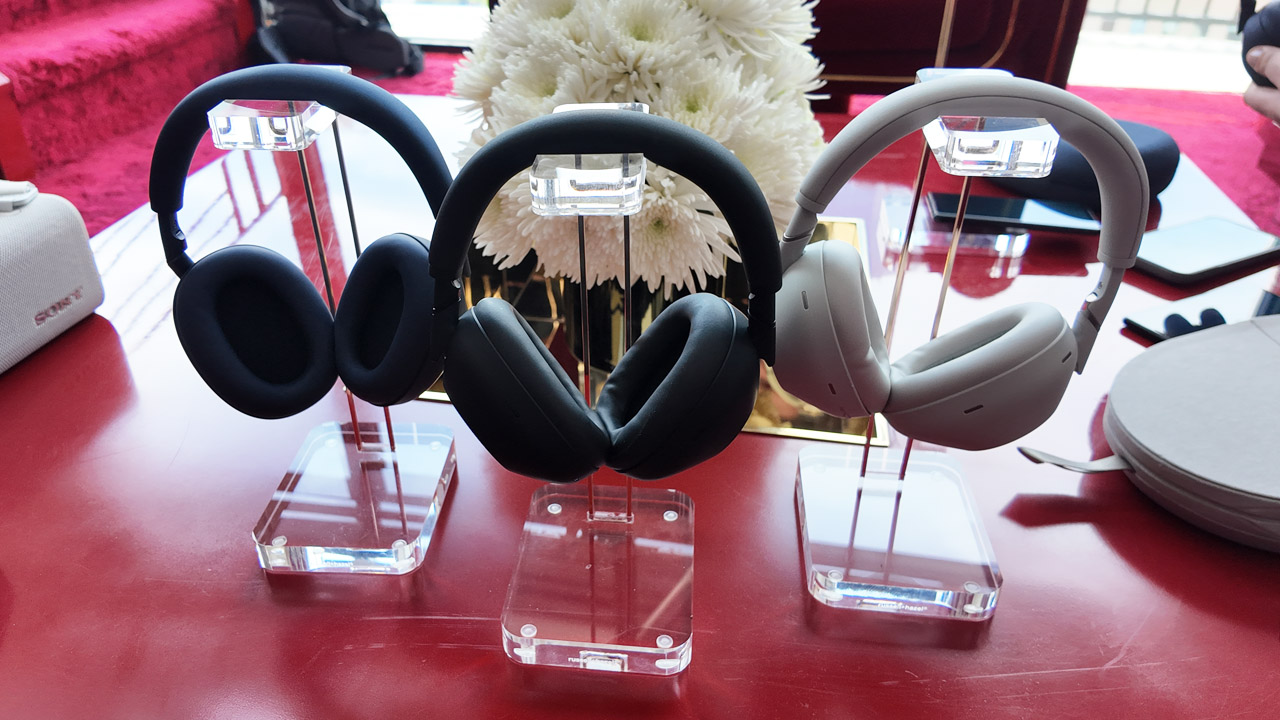



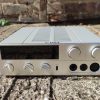


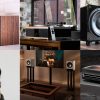
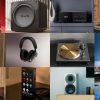



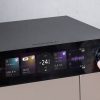
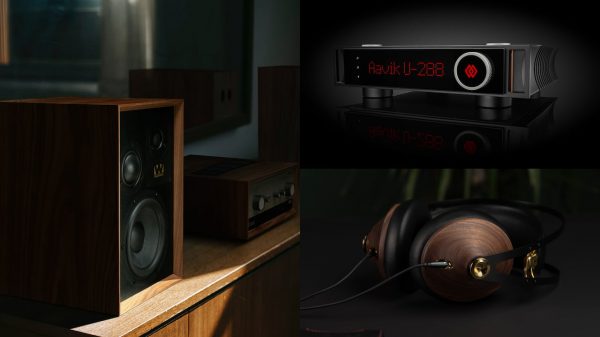
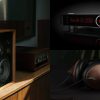
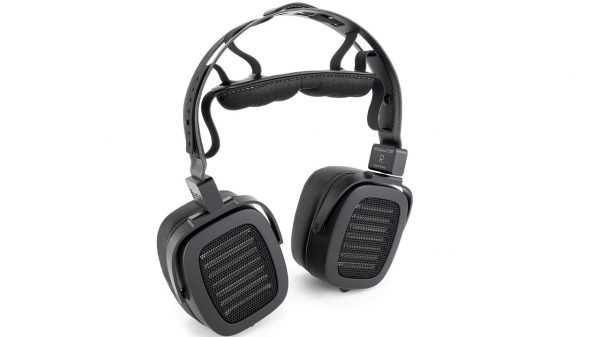
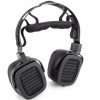
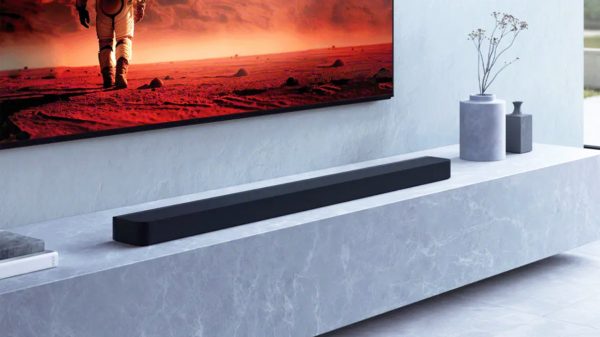
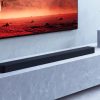
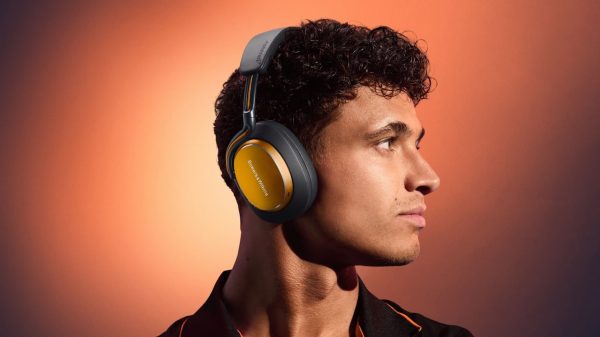

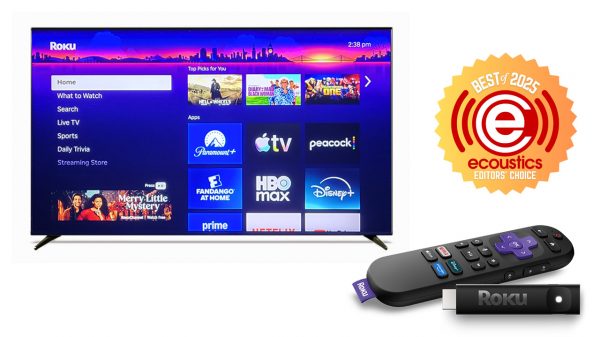

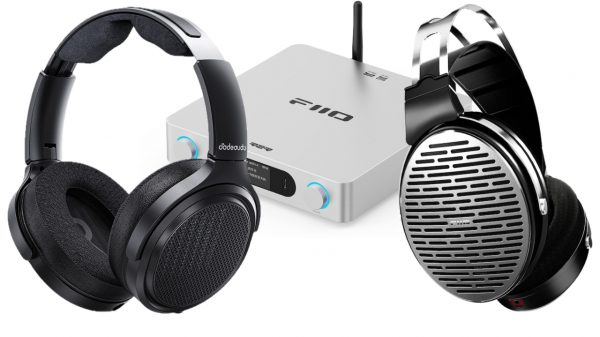
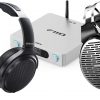
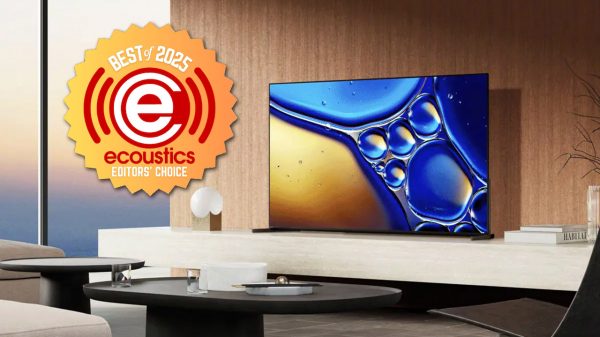












Anton
May 15, 2025 at 5:06 pm
Excellent review and probably the most comprehensive I’ve seen so far.
Have you had a chance to compare these to the Bathys or new Bowers and Wilkins?
The price seems reasonable but I’m wondering about how the weight compares between them and the overall build quality.
Top notch stuff.
David
May 15, 2025 at 8:22 pm
Chris,
I do not at all understand how the “Background Music” mode would function or for what application it might prove useful. As written here, it sounds as if you are listening to music without actually listening to music???
David
Chris Boylan
May 16, 2025 at 3:06 pm
Yeah, it’s a weird one, but I think you captured it perfectly. Some people like to listen to music in the background when doing other tasks. Personally I find that distracting because good music, reproduced well, just pulls me out of whatever else I’m trying to do and into the music. So I think Sony is trying to provide that background music vibe that some people might like, without distracting focus from some other task. In the app, Sony describes it as “Adjusts the sound of music and other content to simulate a distant ambiance, resembling the background music of a cafe.” You can set it to “My Room,” “Living Room” or “Cafe” which adjusts the perceived sound of the room. I’ve never seen/heard anything like it. Fortunately those who don’t care for it don’t have to use it. It’s off by default, as is “Cinema” mode.
ORT
May 16, 2025 at 5:07 pm
David, I like to listen to music because I enjoy music. Even when said music is in the background. When a song comes on that is a part of my life’s soundtrack, even if it is in the “background”, it affects me.
I have NEVER wanted to be a “critial listener” of music. I know what I enjoy and if a song sucks, I don’t listen to it. The worst critics are frAudiophiles because they somehow “listen” to the equipment. I look at the equipment and I must say that the stuff that a great many frAudiophiles like looks to me like crap. Not Schiit. Schiit is good, crap isn’t.
I could never sit in a darkened room with my eyes wide shut, ego gaping and straining at the gnat that is a digital bit or a particular tube or whatever the Audio Salon personnel have said I should concentrate upon and “listen” to equipment. To me, and yes I am an AP, “Audio Philistine”, a speaker is pretty much the only piece of equipment that one can honestly listen to (which is what headphones are!) and even then I prefer to do as the Doobies said and listen to the music.
Even if it is in the background. Because if a song is good and the speaker bringing to you is also good, it will get your attention. And in some cases, your hard earned money.
That is what a reviewer can do for you. They get your attention and speak to you rather than talk at you. And “critics”? Critics strain at the digital gnat and hope you swallow their dross. I like reviewers.
The ORTacle at Helfi
David
May 17, 2025 at 4:48 am
Chris,
I guess I get it now. It is a seemingly odd feature but perhaps it will satisfy someone’s need.
Ort,
I am also a fan of music, whether it be intentionally in the background or upfront. I am not a critical listener though I try to be when comparing equipment or sources. Truth be told though, I have not been able to discern any meaningful sound quality differences between Spotify, Qobuz, and Tidal. May I join the Audio Philistine club?
I once had a discussion with a coworker (a musician) in which he said he didn’t care if his music was served up on a hi-fi system or a transistor radio. It was simply all about the music to him. I was somewhat incredulous as I had only recently been converted into an “audiophile”. I distinctly remember the sound of my Fisher rack system being drastically changed for the better when I played a cassette tape (Bette Midler) which a friend had recorded on his high-end system. That was just a simple source change in my system but it was eye-opening and it made me hunger for better equipment.
I have come around to appreciating the “music for music’s sake” mentality and I often listen to my Bluetooth Samsung buds or my wife’s Wonderboom speaker. I would not get rid of my stereo set-up though. In fact, I have been away from home for a week and I dearly miss my speakers and sub.
David
Album recommendation – Bette Midler, Beaches